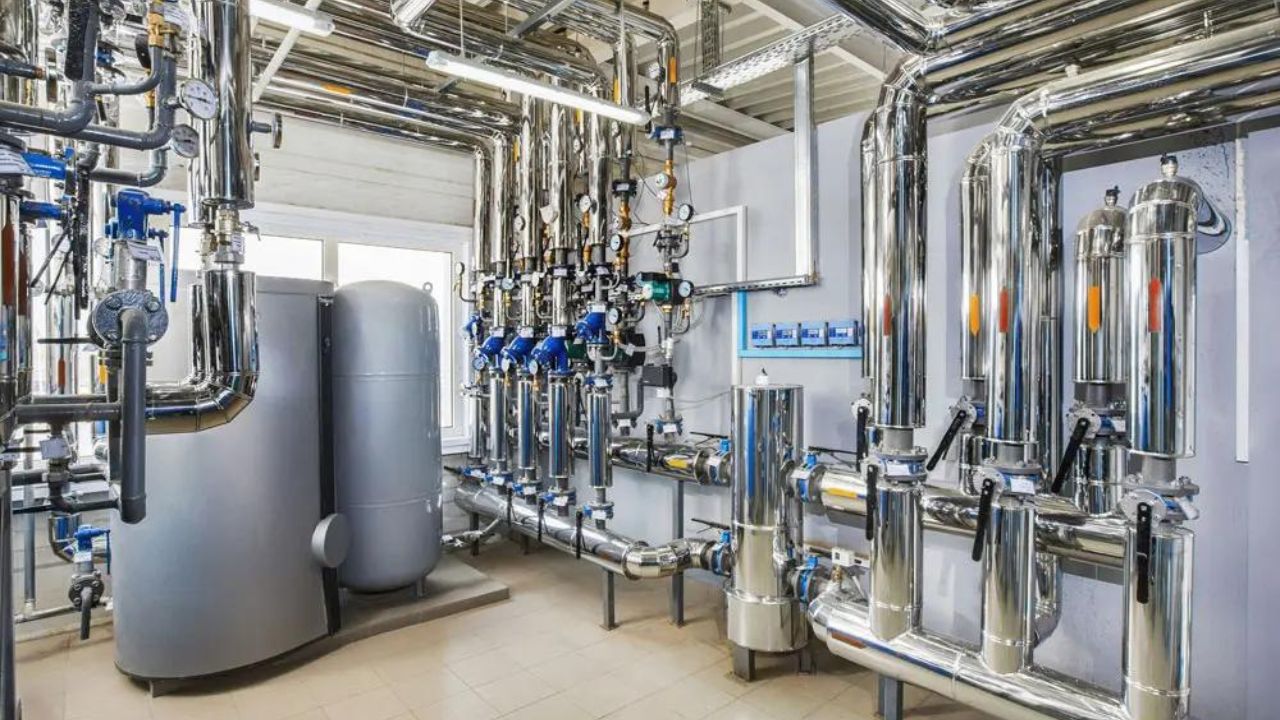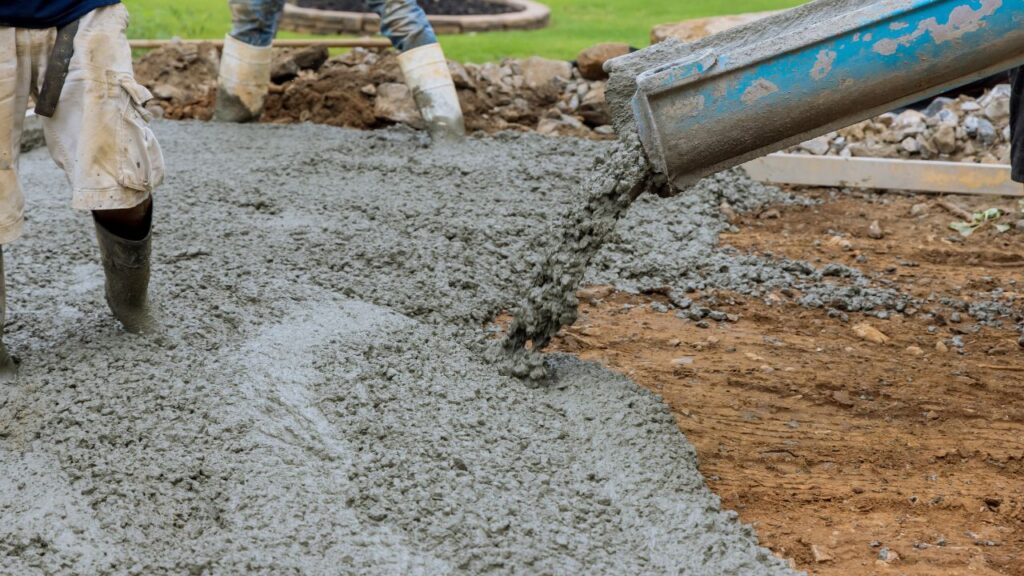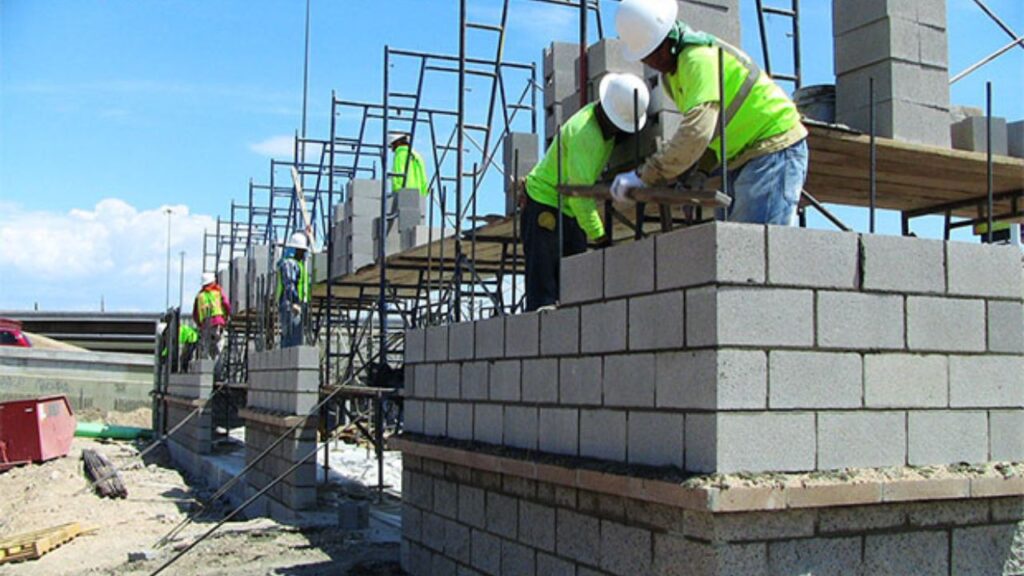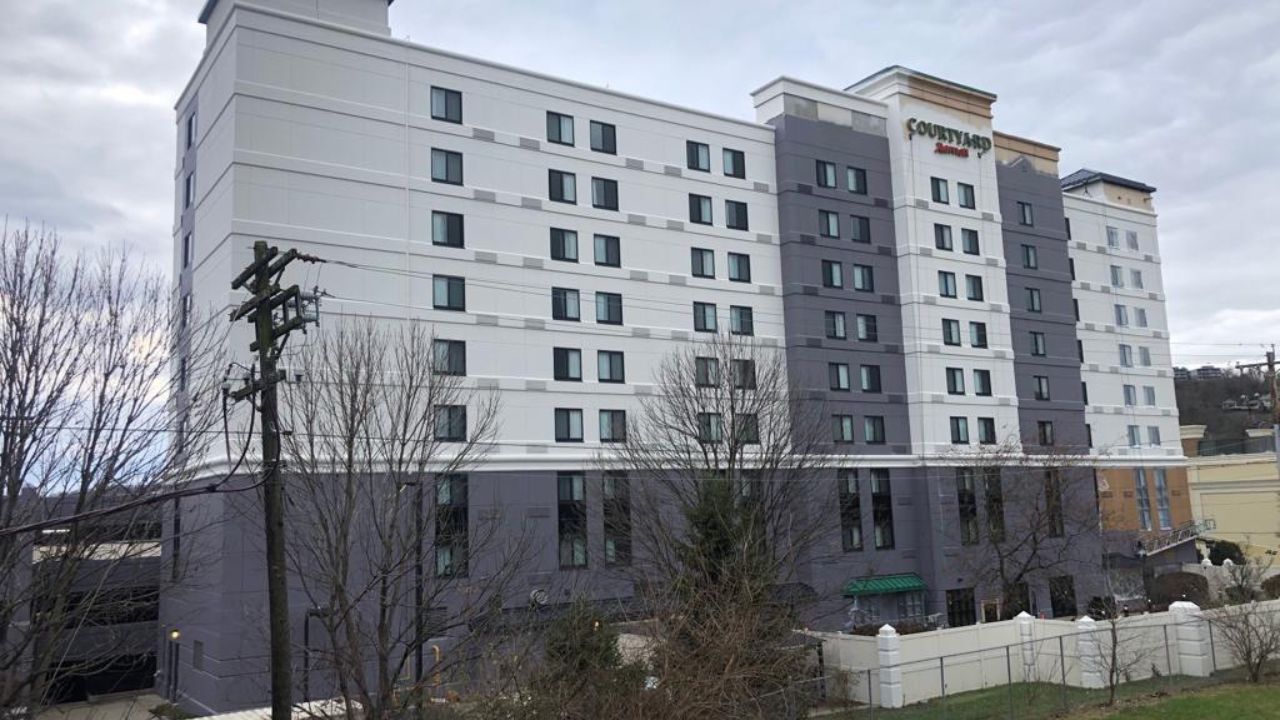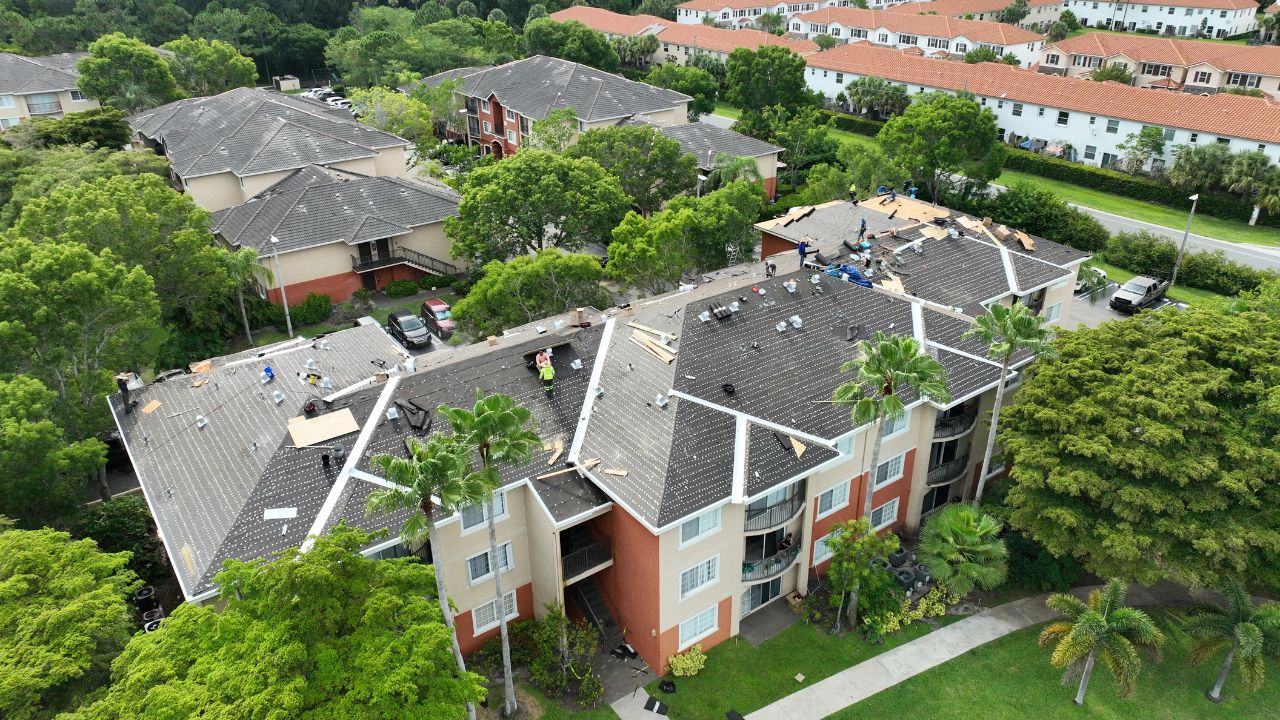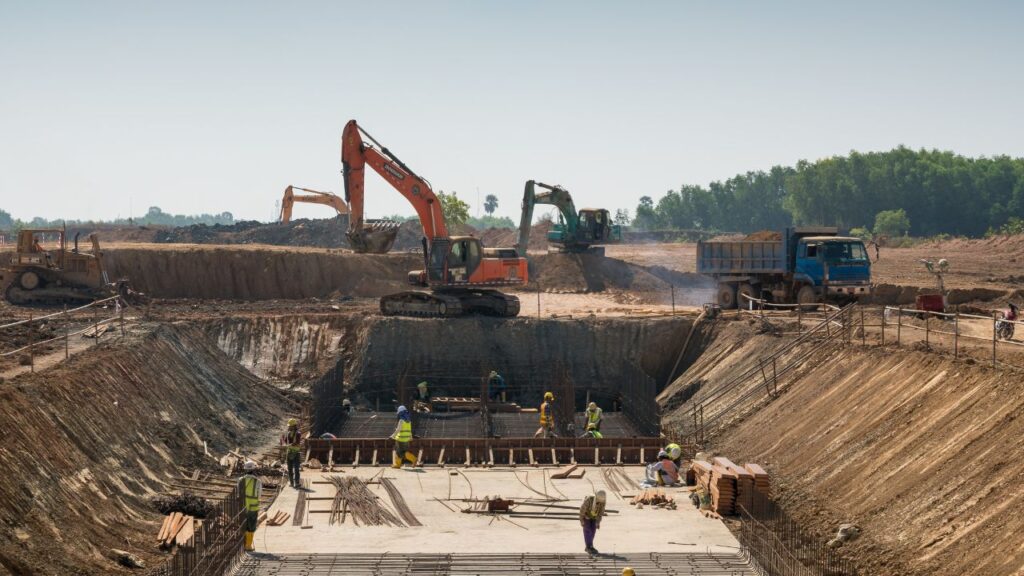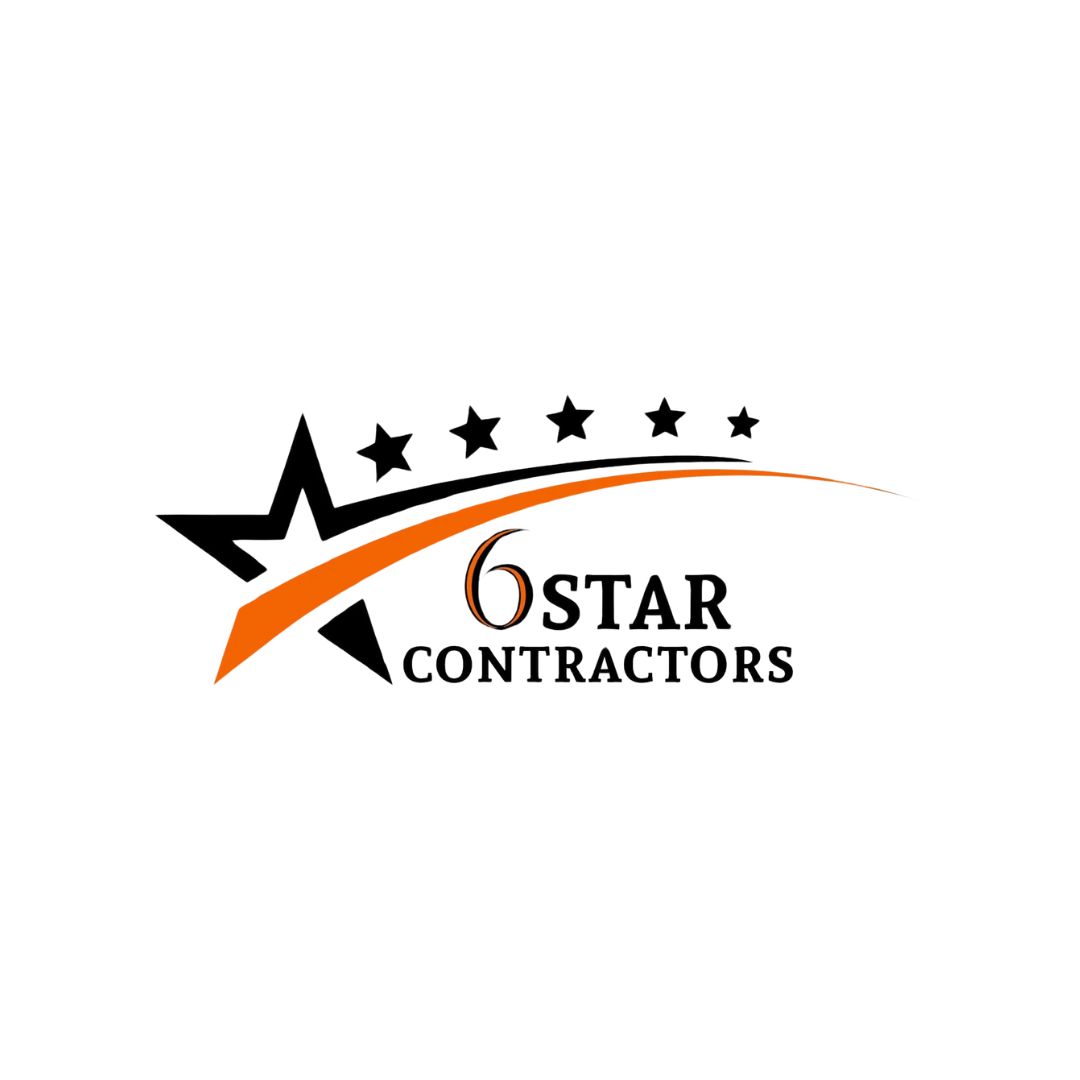Accurate quantity estimation is one of the most critical steps in construction planning. It involves calculating the quantities of materials, labor, and other resources required to complete a building project. A well-prepared estimate not only helps in budgeting but also ensures that the project is executed efficiently without delays or cost overruns. By accurately assessing the necessary resources, contractors can mitigate risks, streamline workflows, and ensure the success of the project. Quantity estimation is essential for residential buildings, commercial projects, and large-scale infrastructure developments, making it a foundational aspect of project management that supports both short-term and long-term goals.
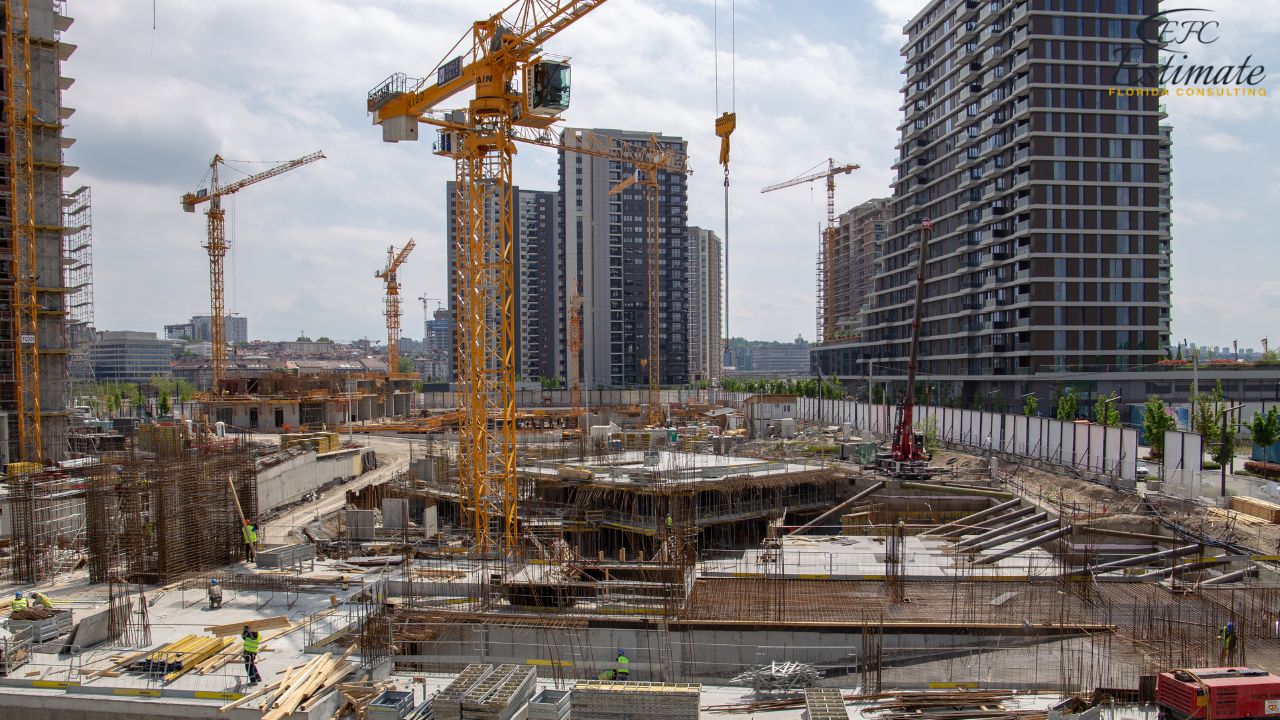
What is Quantity Estimation?
Quantity estimation is the process of calculating the precise amount of materials, labor, and equipment needed to construct a building. It includes all aspects of the project, from excavation and foundation work to roofing and interior finishes. The goal is to provide a detailed breakdown of requirements to ensure cost-effective and timely completion of the project. Accurate quantity estimation also minimizes waste and allows for better allocation of resources, contributing to sustainable construction practices. Additionally, it enables contractors to anticipate potential challenges, plan contingencies, and optimize the use of technology and tools.
Why Quantity Estimation is Essential for Successful Construction?
- Budget Accuracy: Accurate estimates ensure the budget reflects the true cost of construction, reducing the risk of financial shortfalls and helping stakeholders allocate funds effectively.
- Efficient Resource Allocation: Proper planning ensures materials and labor are available at the right time and place, avoiding delays and disruptions in the construction timeline.
- Waste Minimization: Detailed quantity estimation reduces excess material purchases and promotes cost savings while supporting environmental sustainability through reduced waste.
- Improved Project Planning: Provides clarity on timelines and resource needs, allowing for smoother execution and reducing uncertainties during construction phases.
- Stakeholder Confidence: Demonstrates professionalism and preparedness, increasing trust among clients, contractors, and investors, which can lead to more opportunities and collaborations.
Key Components of Quantity Estimation
Material Estimation
- Concrete: Calculate the volume required for foundations, columns, beams, and slabs, considering the mix ratio and grade of concrete specified in the design. Detailed calculations ensure no shortages or surpluses occur during critical phases.
- Steel Reinforcement: Measure the weight needed for structural elements such as beams and columns, ensuring compliance with safety standards. Proper estimation prevents structural weaknesses and optimizes costs.
- Bricks and Blocks: Estimate the number of bricks or blocks required for walls and partitions, factoring in the thickness and type of wall. Consider variations in materials such as clay bricks versus concrete blocks for different sections.
- Finishes: Include quantities of paint, tiles, plaster, and other finishing materials, accounting for areas with decorative or specialized finishes. Accurate estimates of premium materials help manage budgets more effectively.
Get Acquainted with Estimation
Top 5 Cost-Effective Tips to Manage Construction Budgets!!
Construction Projects Going Over Budget? Here's How to RECOVER!
Labor Estimation
- Assess the number of skilled and unskilled workers required for each phase of construction, such as carpentry, masonry, and electrical work. Factor in regional labor availability to anticipate potential shortages.
- Calculate work hours needed for different project phases, adjusting for productivity rates and expected weather conditions that could impact timelines.
- Include labor rates specific to the region, considering seasonal variations in availability and cost. Clear estimations of labor requirements reduce the likelihood of workforce inefficiencies.
Equipment Estimation
- Identify machinery such as excavators, cranes, and concrete mixers needed for various tasks. Include backup plans for equipment breakdowns to avoid delays.
- Estimate the duration of equipment usage and associated rental or maintenance costs, ensuring efficient allocation. This prevents idle machinery and maximizes the value of rented equipment.
Overheads and Contingencies
- Account for administrative costs, transportation, and storage of materials. Include expenses related to safety measures, quality control, and on-site management to provide a holistic view of project costs.
- Set aside a contingency budget to cover unforeseen expenses such as price fluctuations, unexpected project delays, or additional compliance requirements. A well-planned contingency fund protects against financial setbacks.
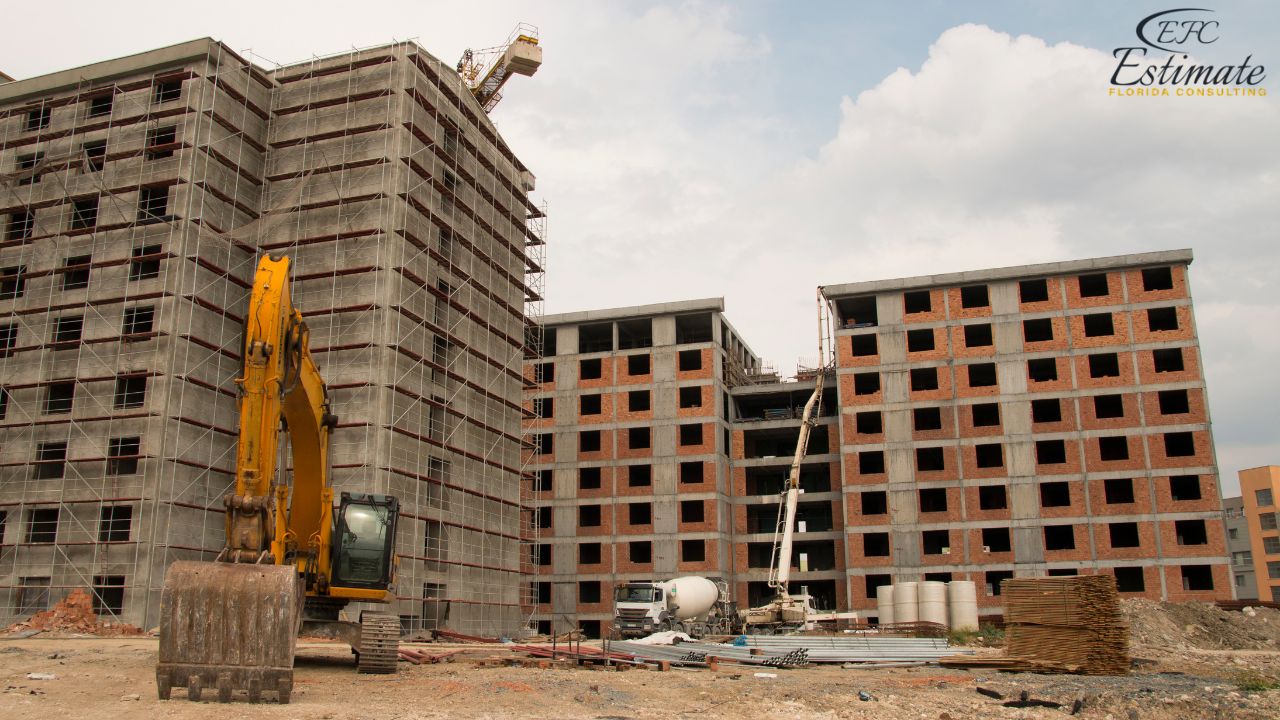
Steps to Prepare a Quantity Estimate
Study Project Drawings and Specifications
- Review architectural and structural plans to understand project requirements in detail. Highlight critical areas where precision is essential to avoid costly mistakes.
- Identify materials and resources specified for the project, noting any special requirements or custom elements that may impact timelines or budgets.
Break Down the Project into Work Items
- Divide the project into smaller, manageable components such as foundation, walls, roofing, and interior finishes. This granular approach improves accuracy and simplifies monitoring.
- Estimate quantities for each component separately to improve clarity and prevent oversight during the execution phase.
Measure Quantities Using Standard Methods
- Use standard measurement methods like cubic meters for concrete, square meters for tiles, and kilograms for steel. Adhere to industry best practices to maintain consistency.
- Apply unit conversion where necessary to align with local industry standards and practices, ensuring compliance with regulatory norms.
Build your dream project with ease—contact Estimate Florida Consulting today!
Consult Market Rates
- Research current prices for materials, labor, and equipment, factoring in regional variations and seasonal price changes. Collaborating with local suppliers ensures more accurate pricing.
- Collaborate with local suppliers and contractors to obtain reliable quotes and availability timelines, which helps in planning procurements efficiently.
Prepare a Detailed Estimate
- Compile all quantities and costs in a comprehensive format, categorizing them by work items and project phases. A detailed summary enhances understanding and aids in approvals.
- Include a summary sheet for quick reference, highlighting total costs, contingency allocations, and key assumptions.
Advanced Tools and Techniques in Quantity Estimation
- Building Information Modeling (BIM): Allows for real-time quantity estimation directly from 3D models, improving accuracy and coordination among teams. BIM technology reduces errors and enhances collaboration.
- Estimation Software: Tools like AutoCAD, Revit, and PlanSwift automate calculations, reducing human error and increasing efficiency. These tools also offer visualization features that help in decision-making.
- Drone Technology: Enables site surveys and measurements, especially for large-scale projects, providing data for precise estimates. Drone technology can be particularly useful for difficult-to-access areas.
Benefits of Accurate Quantity Estimation
- Reduces Cost Overruns: Helps in adhering to the budget by avoiding unexpected expenses, ensuring financial stability for the project. Precise estimates also build trust with investors.
- Improves Efficiency: Streamlines resource allocation and scheduling, reducing idle time and increasing productivity. Efficiency gains lead to better utilization of both human and material resources.
- Enhances Decision-Making: Provides data-driven insights for better planning and execution, supporting informed decisions that positively impact project outcomes.
- Boosts Client Confidence: Demonstrates professionalism and preparedness to clients and stakeholders, fostering trust and credibility that can lead to repeat business.
- Supports Sustainable Practices: Minimizes material waste and promotes efficient use of resources, contributing to eco-friendly construction. This aligns with modern sustainability goals and regulations.
Common Challenges in Quantity Estimation
- Inaccurate Data: Errors in drawings or specifications can lead to incorrect estimates, affecting project outcomes and potentially causing financial losses.
- Market Fluctuations: Sudden changes in material or labor costs can disrupt budgets, requiring frequent updates and adjustments to estimates.
- Complex Projects: Large-scale projects with multiple components require advanced tools and expertise to ensure precision. Complexity increases the need for specialized skills in estimation.
- Communication Gaps: Lack of coordination between teams can result in overlooked details, leading to discrepancies in estimates and potential delays.
Download Template For Construction Project Breakdown
- Materials list updated to the zip code
- Fast delivery
- Data base of general contractors and sub-contractors
- Local estimators

Final Thoughts
Quantity estimation is a cornerstone of successful construction projects. By providing a clear roadmap for material, labor, and equipment needs, it ensures that projects are completed on time and within budget. It also fosters sustainable practices by minimizing waste and optimizing resource use. For professional quantity estimation services tailored to your building project, contact Estimate Florida Consulting. Our experts specialize in delivering accurate and detailed estimates that set your project up for success.
Frequently Asked Question
Quantity estimation calculates the required quantities of materials and labor, while cost estimation assigns monetary values to these quantities. Both processes are essential for accurate project planning.
Estimates should be updated whenever there are design changes, market fluctuations, or project delays to maintain accuracy and relevance.
Yes, many software tools are available to automate the process and improve accuracy, especially for large and complex projects. Automation reduces manual errors and saves time.
Comprehensive Trade-Specific Estimates
At Estimate Florida Consulting, we offer detailed cost estimates across all major trades, ensuring no part of your project is overlooked. From the foundation to the finishing touches, our trade-specific estimates provide you with a complete and accurate breakdown of costs for any type of construction project.

Testimonials
What Our Clients Say
We take pride in delivering accurate, timely, and reliable estimates that help contractors and builders win more projects. Our clients consistently praise our attention to detail, fast turnaround times, and the positive impact our estimates have on their businesses.
Estimate Florida Consulting has helped us win more bids with their fast and accurate estimates. We trust them for every project!
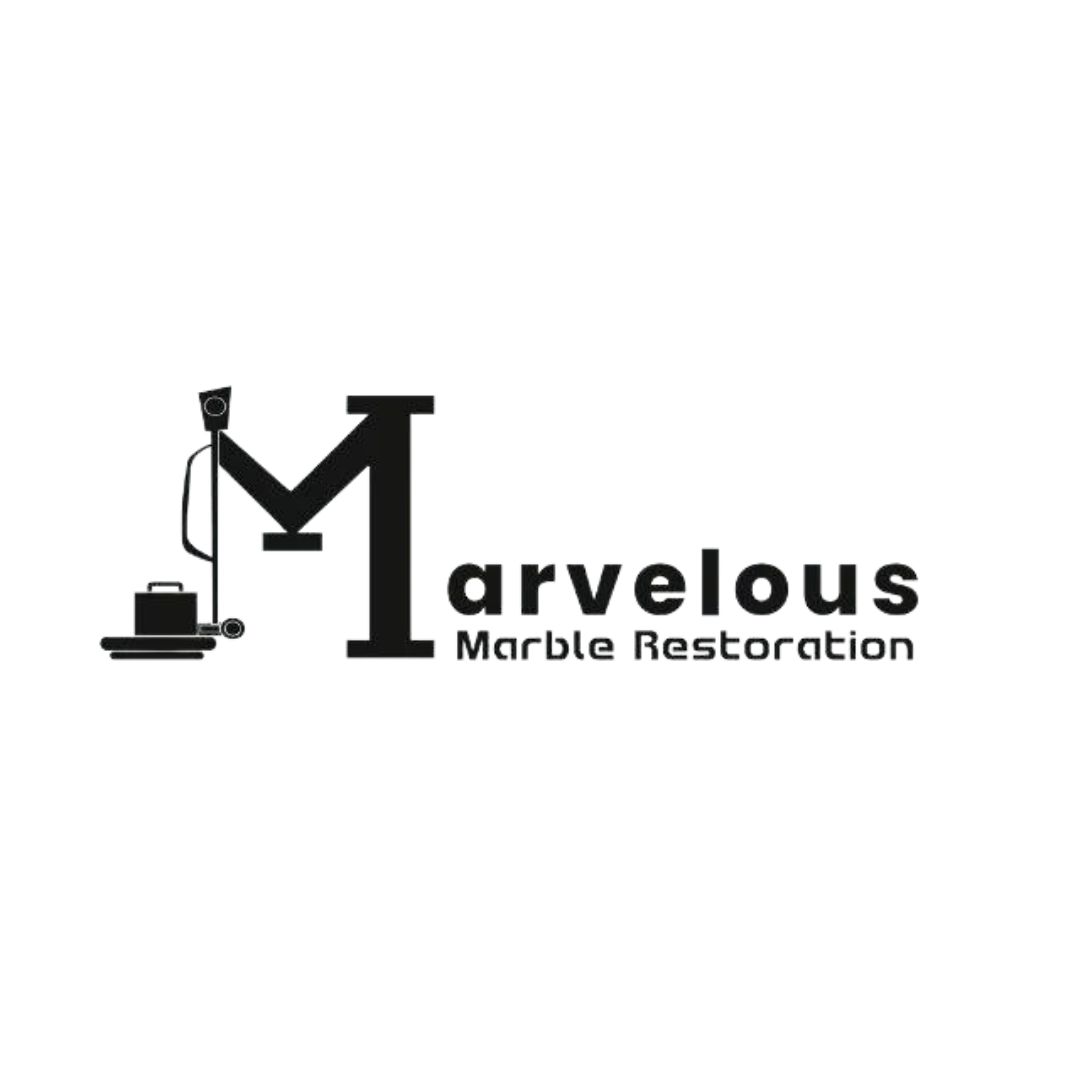
Steps to Follow
Our Simple Process to Get Your Estimate
01
Upload Plans
Submit your project plans, blueprints, or relevant documents through our online form or via email.
02
Receive Quotation
We’ll review your project details and send you a quote based on your scope and requirements.
03
Confirmation
Confirm the details and finalize any adjustments to ensure the estimate meets your project needs.
04
Get Estimate
Receive your detailed, trade-specific estimate within 1-2 business days, ready for your project execution.



